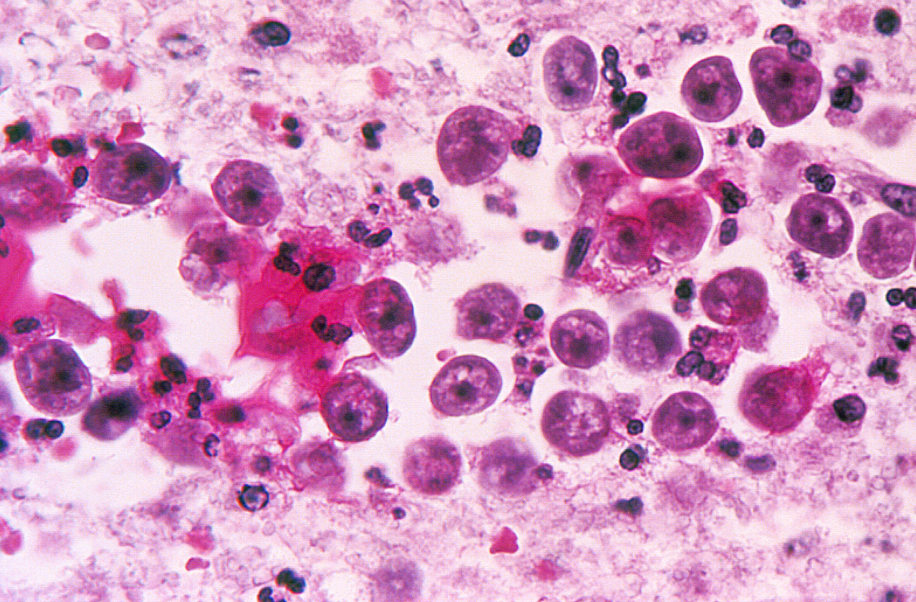Park where teen died of brain-eating amoeba treating water
Digital Reporter
Thursday, July 28, 2016, 6:16 PM - A North Carolina water park will be taking extreme measures to prevent another tragedy.
Back in June, Lauren Seitz, 18, contracted the condition meningoencephalitis, which is caused by a brain-eating amoeba. Seitz later died of her infection, which she picked up while whitewater rafting at the U.S. National Whitewater Center (USNWC) during a church outing. It's believed she became infected when her raft overturned.
At a press conference Wednesday, park officials said they are planning to treat the water with 10 times the amount of chlorine normally needed to kill the organism.
The centre, which was closed following the incident, has been granted permission to begin treating the water as soon as possible.
All water from its rapids have been drained into a pond for treatment. The centre is also digging up the sediment at the bottom of the water where the amoeba lives. It will be spread out in nearby fields where it will be killed by exposure to sunlight.

File photo of naegleria fowleri.
"This water is going to be monitored and tested thoroughly. I don't know in my 36 years if I've known any water body tested this much," Rusty Rozzelle, program manager for Mecklenburg County's water quality program told WRAL.com.
Prior to June, USNWC disinfected the 45 million litres of water that recirculated through its concrete channels with UV radiation. According to the park, this process "inactivates" 99.9 per cent of the dangerous amoeba.
Meningoencephalitis is not contagious, but there are several different types of the disease -- all of which affect the brain.
WHAT IS A BRAIN-EATING AMOEBA?
Meningoencephalitis is caused by an amoeba which has the scientific name naegleria fowleri. It is naturally found in bodies of warm freshwater lakes and rivers, as well as in hot springs, naturally-hot drinking water sources and poorly-maintained and/or un-chlorinated swimming pools.
It can be found around the world.
![]() NOW ON YOUTUBE: Subscribe to The Weather Network's YouTube channel for access to the best weather-related videos in Canada VIEW THE CHANNEL | VIEWER VIDEOS | POPULAR NOW | SUBSCRIBE
NOW ON YOUTUBE: Subscribe to The Weather Network's YouTube channel for access to the best weather-related videos in Canada VIEW THE CHANNEL | VIEWER VIDEOS | POPULAR NOW | SUBSCRIBE
The organism thrives in temperatures up to 46C and is less likely found in cooler waters. It cannot survive in salt water.
Most cases are reported during prolonged heat spells in July, August and September.
While infection is rare -- and even rarer in Canada due to weather conditions -- it is almost always deadly with a mortality rate of 95 percent. It is not dangerous if swallowed and infection can only occur if water is drawn in through the nose.
The incubation period is 1 to 7 days.
Between 1962 and 2014, 133 infections have been reported in the U.S., according to the Centers for Disease Control (CDC). Symptoms include headache, fever and a loss of appetite.
The CDC says infection can be prevented by avoiding freshwater activities when water temperatures are high. If you do go in, hold your nose and avoid disturbing sediment in shallow water.
VIDEO: THE HEALTH BENEFITS OF WALKING THROUGH NATURE:



